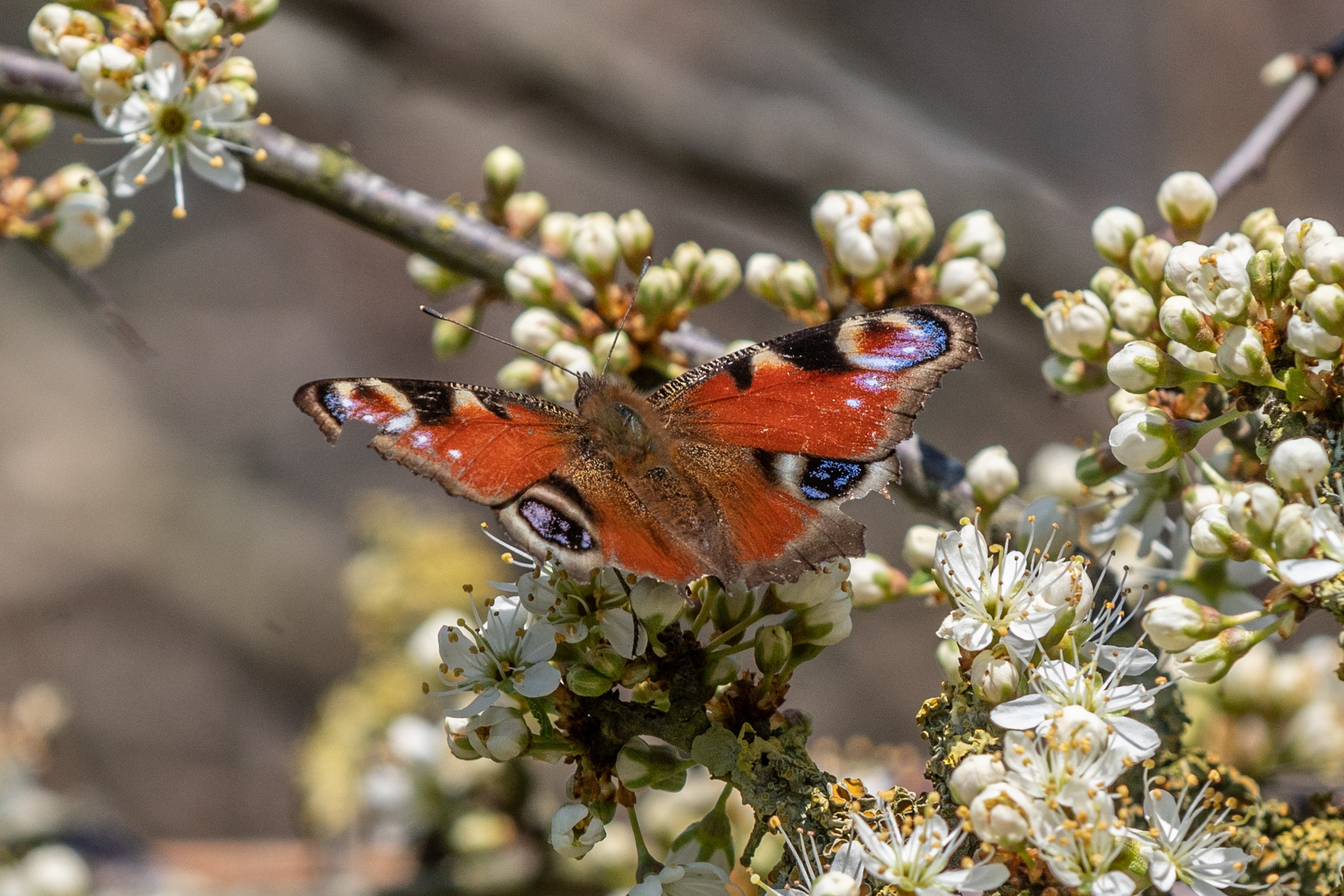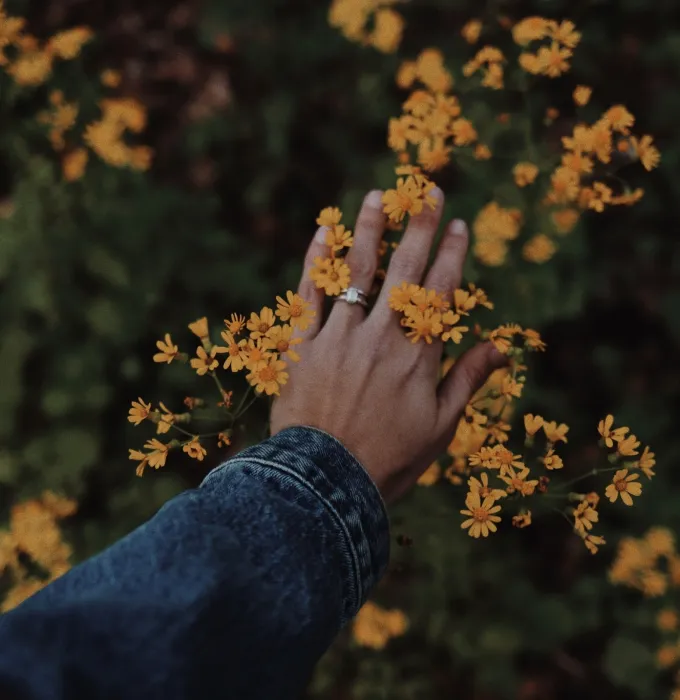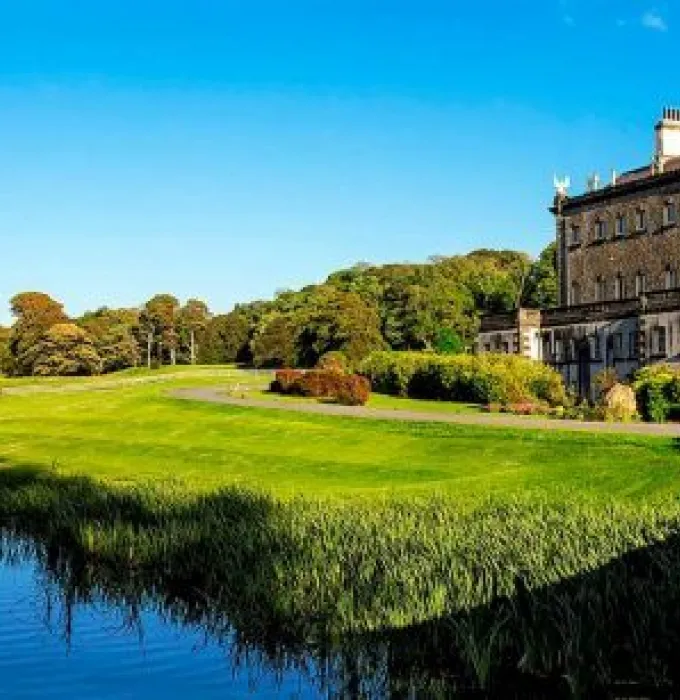As you walk the byroads and boreens of Mayo, try to rip your eyes away from the scenery that surrounds you and cast your eyes downwards – there, beside your path, you will notice a glorious abundance of wildlife. As there is little native forest left in Ireland, hedgerows are an important substitute for woodland edge habitat. They support a huge range of insect, bird and mammal species, including bats and pine martens, and provide wildlife corridors that allow small animals to move in safety from one habitat to another.
This long hot summer, with its droughts and hose-pipe bans, might have been hard on garden plants, and the country’s fields might be a little less green than usual, but Westport’s hedgerows are yielding a truly spectacular late-July and early-August display. Our blog on Westport’s wildflowers earlier in the year proved to be one of our most popular, so, here are a few more to look out for right now, all in hedgerows.















